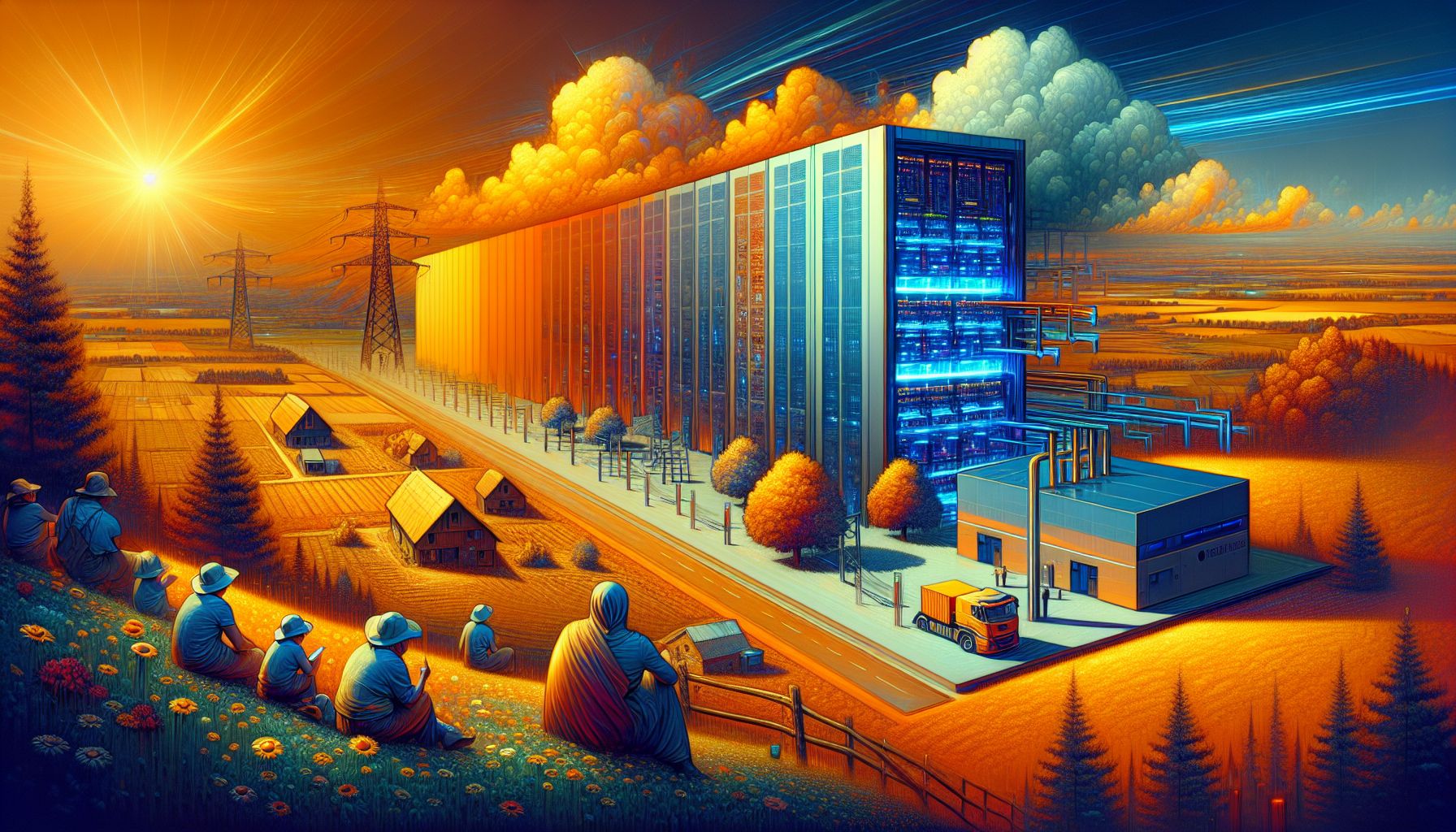Data Center Energy Demand Set to Double by 2026

Netherlands, Wednesday, 16 October 2024.
The International Energy Agency forecasts data centers’ electricity consumption to double by 2026, despite efficiency improvements. This surge, driven by AI and digital services, raises concerns about sustainable tech development and energy use in countries like the Netherlands.
Surging Energy Demand in Data Centers
Data centers, the backbone of modern digital infrastructure, are integral to the functioning of our online activities—from streaming media to supporting cloud-based services. According to the International Energy Agency (IEA), these facilities consumed approximately 460 terawatt-hours (TWh) of electricity globally in 2022, representing about 2% of the world’s total electricity demand. The IEA projects that by 2026, this figure could exceed 1000 TWh, equivalent to Japan’s entire electricity consumption, indicating a significant increase in energy demand driven by advancements in artificial intelligence (AI), digital healthcare, and the proliferation of 5G technology[1].
The Role of AI and Technological Advancements
The increasing reliance on AI technologies is a major contributor to the rise in energy consumption within data centers. As AI models become more sophisticated, they require extensive computational power which, in turn, demands more energy. For instance, generative AI models, which are pivotal in industries ranging from healthcare to finance, necessitate vast amounts of data processing. This need for computational resources is pushing the operational limits of existing data centers and is a primary factor in the projected energy consumption surge[2].
Efficiency Measures and Sustainability Efforts
Despite the expected increase in energy consumption, efforts are being made to improve energy efficiency in data centers. The Netherlands, for instance, leads in this effort with its data centers sourcing 99% of their energy from renewable resources. The use of innovative cooling systems, such as free cooling and adiabatic cooling, can significantly reduce power usage. These systems exploit geographical and environmental conditions to lower operational temperatures, potentially decreasing energy draw by up to 50%[1].
Challenges and Forward-Looking Strategies
As data centers expand, they are expected to face limitations in terms of energy grid capacity. In the United States, industry leaders like Microsoft are exploring the development of interconnected data centers to distribute energy demand more evenly across different regions. This strategy is seen as necessary to prevent overloading local power grids and to manage the growing power needs efficiently. The integration of advanced energy storage solutions, such as battery systems, is also being considered to stabilize energy supply and enhance the sustainability of operations[3].
Balancing Growth with Sustainability
The growth of data centers underscores a pressing need for innovative approaches to energy management. Companies are increasingly investing in renewable energy sources and developing technologies to support sustainable growth. Google’s recent agreement with Kairos Power to deploy small modular reactors exemplifies such efforts to harness nuclear energy for powering data centers, aiming to offset the high carbon footprint associated with AI developments. This transition to cleaner energy sources is crucial as the tech industry seeks to balance the dual objectives of growth and environmental responsibility[4].

